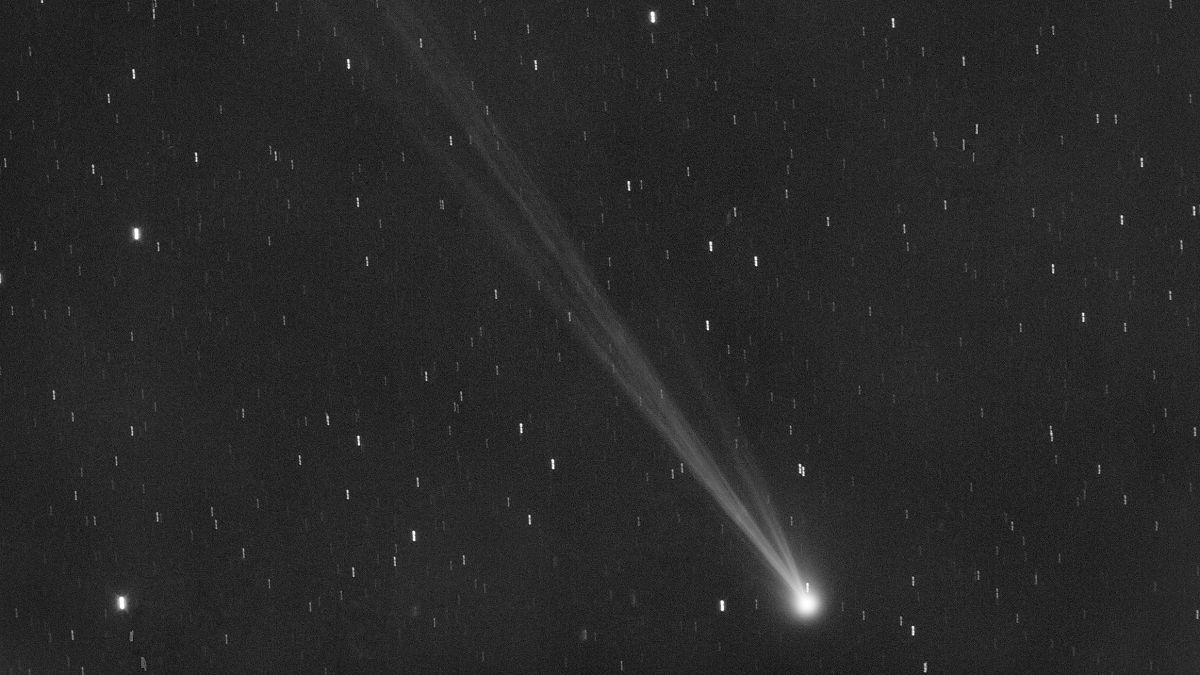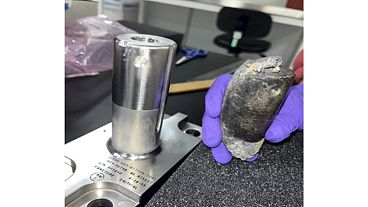Only discovered in August, comet Nishimura is currently passing the Earth for the first time in more than 400 years.
A visitor from the depths of space is making its way past our planet - and if you don’t catch a glimpse, it will be a 400-year wait until the next opportunity.
The newly-discovered comet Nishimura will be visible for stargazers across the Northern Hemisphere for the next couple of days, as it sweeps safely past Earth on September 12.
A kilometre across, the comet will pass within 125 million km of us, and will be visible to the naked eye - although you’ll want to use equipment to get a good look at it, as it is very faint.
"You really need a good pair of binoculars to pick it out and you also need to know where to look," explained Paul Chodas, manager of NASA's Center for Near-Earth Object Studies.
It will become brighter as it gets closer to the Sun, and will be at its closest point to our star on September 17, before it heads back out of the solar system.
What do I need to do to spot Nishimura?
To spot it from the Northern Hemisphere, you will need to look at the northeastern horizon around one and a half hours before dawn.
According to The Planetary Society, you should look for it rising between the constellations Cancer and Leo and coming close to Venus.
Italian astronomer Gianluca Masi, founder of the Virtual Telescope Project, told the Associated Press in an email that this week represents "the last, feasible chances" to see the comet from the Northern Hemisphere before it’s lost in the Sun’s glare.
"The comet looks amazing right now, with a long, highly structured tail, a joy to image with a telescope," he said.
As long as it survives its journey past the Sun, it should then be visible in the Southern Hemisphere - sitting low in the evening twilight - by the end of the month, Masi added.
The comet was unusually discovered by an amateur astronomer, Hideo Nishimura, and bears the Japanese stargazer’s name.
The comet is believed to have last visited about 430 years ago, Chodas said. That's about a decade or two before Galileo invented the telescope.



